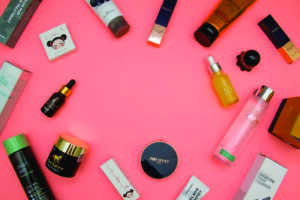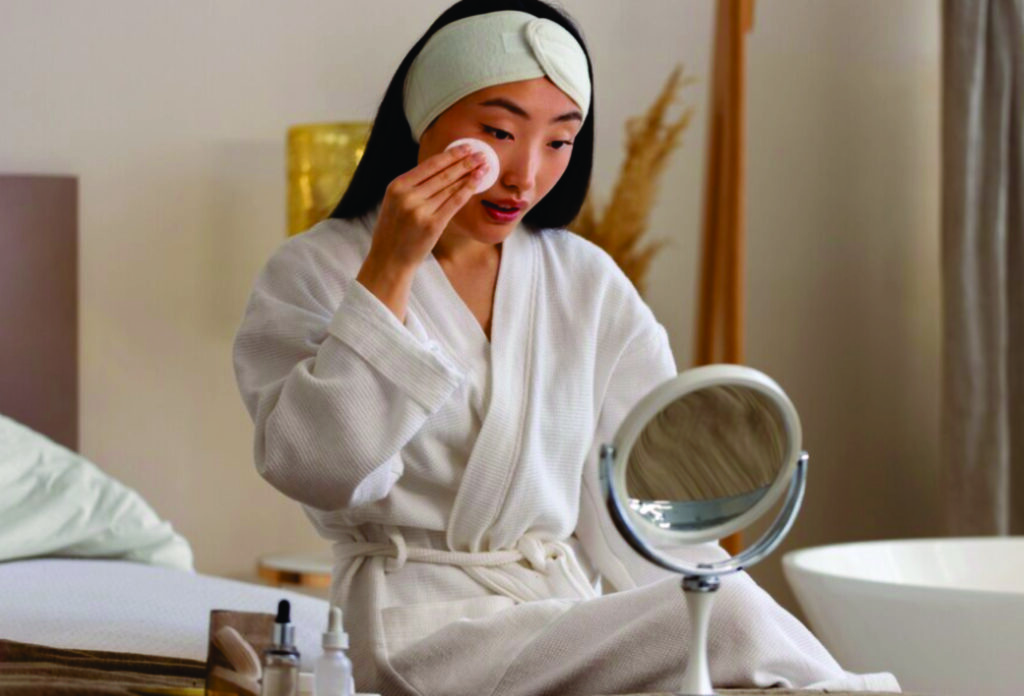The skincare industry is filled with claims that promise flawless skin through endless products and magical ingredients. However, many of these claims are built on myths rather than science. This article uncovers some common misconceptions promoted by beauty brands and highlights the facts behind them.

The Myth of «More Products Equal Better Skin»
One of the most persistent myths is that using a multitude of products guarantees better skin. Beauty companies often encourage complex routines involving numerous cleansers, toners, serums, and creams. Yet, piling on too many products can overwhelm your skin and cause irritation.
In truth, simplicity is often more effective. For example, over-cleansing can strip your skin’s natural oils, leaving it dry and vulnerable. A basic routine tailored to your skin type—such as a gentle cleanser, a moisturizer, and sunscreen—is usually sufficient for maintaining healthy skin.
«Collagen Creams Restore Skin Elasticity»
Collagen-infused creams are frequently marketed as anti-aging miracles. Many people believe these products will restore firmness and reduce wrinkles. The reality is that collagen molecules are too large to penetrate the skin’s surface.
Instead, focus on ingredients like retinoids and peptides that encourage your skin to produce collagen naturally. A diet rich in vitamin C can also support internal collagen production, offering more reliable results than topical creams.
«Higher Prices Mean Better Results»
It’s a common belief that expensive skincare products deliver superior outcomes. Luxury brands often use high prices to suggest greater effectiveness. However, many budget-friendly options contain the same active ingredients as their costly counterparts.
What matters most is the ingredient list, not the price tag. For instance, hyaluronic acid, niacinamide, and ceramides work effectively regardless of a product’s price. By focusing on proven components, you can achieve great results without overspending.
«Natural Ingredients Are Always Better»
The word «natural» is often used to make products seem safer and healthier. While natural ingredients can be beneficial, they are not inherently better or safer. Essential oils, for example, can irritate sensitive skin or trigger allergic reactions.
On the other hand, synthetic ingredients are carefully formulated and thoroughly tested. They are often more stable and consistent than natural ones. Always choose products based on how your skin reacts, not just on whether the ingredients are natural or synthetic.
«Pores Open and Close»
The idea that pores can open and close is another widespread misconception. Many products claim to «shrink» pores, but pore size is largely determined by genetics.
Although pores can’t physically change size, they can appear smaller when clean. Using products with salicylic acid or clay can help clear out debris, making pores less noticeable. Regular exfoliation and hydration also contribute to a smoother appearance.
«Every Issue Needs a Separate Product»
The beauty industry often suggests that every skin concern requires a specific solution. This leads to an overwhelming number of products for acne, fine lines, dark spots, and more. However, many of these concerns can be addressed with multifunctional ingredients.
For example, niacinamide can reduce redness, improve texture, and minimize acne. Similarly, retinoids are effective against wrinkles, acne, and uneven skin tone. Simplifying your routine with versatile products can save both time and money.
«Tingling Means It’s Working»
Some people associate a tingling or burning sensation with a product’s effectiveness. Beauty brands often market this as evidence of active ingredients at work. In most cases, tingling indicates irritation rather than effectiveness.
Gentle products can achieve the same results without causing discomfort. If a product stings or burns, discontinue use and opt for a soothing alternative to protect your skin’s barrier.
How to See Through Skincare Myths
Navigating skincare marketing can be challenging. To make informed decisions, start by researching the science behind popular claims. Ingredients like sunscreen, vitamin C, and retinoids have been extensively studied and proven effective.
Avoid being influenced by vague buzzwords like «detoxifying» or «anti-aging.» These terms are often used without scientific backing. Instead, prioritize transparency and choose products with clearly labeled ingredients and proven benefits.
Building a Science-Backed Skincare Routine
Developing a simple, effective skincare routine doesn’t have to be overwhelming. Follow these steps for optimal results:
- Cleanse Gently: Use a mild cleanser to remove dirt without stripping natural oils.
- Moisturize: Hydrate your skin with a moisturizer that suits your skin type.
- Apply Sunscreen Daily: Protect your skin from UV damage with broad-spectrum SPF.
- Use Targeted Treatments: Incorporate serums with active ingredients like vitamin C or retinol as needed.
- Be Consistent: Stick to your routine and allow time for results to appear.
The Truth About Skincare Myths
The beauty industry often perpetuates myths to encourage more purchases. By understanding the science behind skincare, you can avoid falling for marketing gimmicks and focus on what truly works. A straightforward routine with proven ingredients is all you need to achieve healthy, radiant skin. Armed with knowledge, you can confidently separate fact from fiction and make choices that benefit your skin long-term.
For further scientific insights into skincare myths, explore this dermatology study.
Why Natural Ingredients Work Better for Skincare

I’m Victoria, the creator behind Eva My Balance. Passionate about beauty, wellness, sustainable living, and mindful self-care. My mission is to inspire you to live consciously and beautifully—inside and out.


